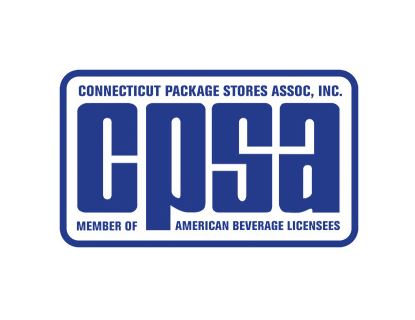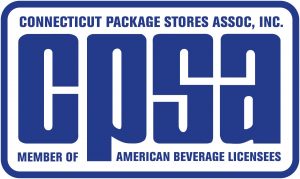

Sean Hughes, Account Director, Connecticut Package Stores Association.
By Sean Hughes, Connecticut Package Stores Association
It is now the beginning of September and still we will have hot temperatures for at least the next few weeks. This past summer was a hot one, not that it was unexpected, since it was, indeed, summer, after all. What made this summer difficult, especially for local farms and those around the world, was the lack of rainfall.
In Connecticut, farms have been experiencing drought-level conditions. Over a 30-day period from June to July 2021, the average amount of rainfall would be roughly 4 inches. This year in that 30-day period, only 1 inch of rain fell.
Gov. Ned Lamont declared an “emerging drought event” in mid-July. This declaration is more of a formality that allows officials to request that residents make voluntary water reductions to conserve the supply. Connecticut farmers continue to struggle with their crops because of the lack of rain. There are many large-scale farms that are having difficulty keeping their crops properly watered, while some do not have irrigation systems set up to water all of their crops.
The drought-like weather that Connecticut experienced this summer is not unique to our state alone. Nationally, and worldwide, farms and, more specifically, wineries, experienced significant drought or wildfires. But there are some wineries that are starting to adapt to drought-like conditions using the method of “dry-farming,” which could soon become more popular in states like California.
Dry-farming isn’t exactly a new concept. It is a practice that has been performed for centuries throughout the world. It is the concept of planting a vine and not adding any more water; that is, simply relying on rainfall. The result of having less hydrated vines that are watered only strictly off natural rainfall produces a unique grape. This method forces the vine to be more self-sufficient when it comes to hydration of the plant. The vine will naturally send its roots deeper into the soil in search of the water and nutrients that the plant needs.
 An added benefit is that the vines will become stronger than irrigation vines. These stronger roots then have the added benefit of making the vine less susceptible to diseases that can kill the plant. According to Frank Leeds, Vice President & Senior Advisor, Viticulture & Farming, Frog’s Leap Winery, the first 18 inches of soil is where a majority of the diseases for vines live. The deeper the strong roots go, the more resistant those vines become.
An added benefit is that the vines will become stronger than irrigation vines. These stronger roots then have the added benefit of making the vine less susceptible to diseases that can kill the plant. According to Frank Leeds, Vice President & Senior Advisor, Viticulture & Farming, Frog’s Leap Winery, the first 18 inches of soil is where a majority of the diseases for vines live. The deeper the strong roots go, the more resistant those vines become.
The taste of the grapes is also different with dry farming. Dry-farmed grapes tend to be smaller than those that are constantly watered through irrigation methods. The dry-farmed grapes may be smaller, but many argue they are extremely flavorful because they are more concentrated. The flavor of grapes that are dry-farmed tend to be more influenced by the region that they are grown in.
The skin-to-berry ratio is much smaller, as much of the flavor from a wine comes from the grape’s skin. “The sugar content of dry-farmed grapes is also typically lower than that of their irrigated counterparts (thanks to smaller leaf canopies), which in turn creates wine with a lower alcohol percentage.” This is according to the article “How Dry-Farming Can Make for More Complex Wine” that appeared in Imbibe magazine in 2017.
Can dry-farming continue to become more popular with consumers and growers alike? Only the future will show that for certain, but the hot, dry summers are something that meteorologists agree will continue each season.
As the weather changes, the industry continues to adapt. California continues to see more vineyards embracing dry-farming as a way to beat the extended periods of extreme heat. As each area of the country starts to experience periods of drought, dry-farming may be in the playbook for more winemakers across the nation.
CPSA is always monitoring for developments affecting the industry within and outside of the legislative session. Our association in Connecticut is fighting every day for the rights of locally owned package stores across Connecticut. Support these efforts by joining CPSA today at CTPSA.com/join-cpsa/.



